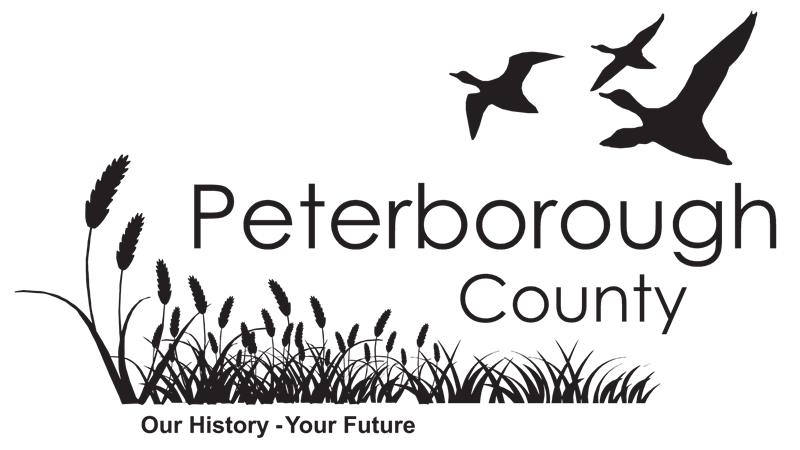|
Description |
Invasive Phragmites |
Native Phragmites |
|
Latin Name
|
Phragmites australis subsp. australis
|
Phragmites australis subsp. americanus |
|
Stem |
Rough, dull and tan/beige in colour near base of plant
|
Smooth, shiny and reddish/brown in colour near base of plant
|
|
Leaf
|
Blue-green in colour, remain attached year round
|
Yellow-green in colour, very loose or detaches in fall |
|
Seed Head
|
Large, dense seed head |
Small, sparse seed head |
|
Height
|
Grows up to 6 meters |
Grows up to 2 meters |
|
Density
|
High density populations, little to no native vegetation present
|
Less dense, native plant diversity present within the population |
Invasive Phragmites

Invasive phragmites is a perennial grass that was introduced to the coastal regions of Canada in the 1800s. The plant spread quickly and aggressively by outcompeting native vegetation for water, sunlight, nutrients and space. By the late 1990s, it had well established roots within the province of Ontario, posing a major threat to our wetlands and shorelines.
Phragmites thrives in wet environments such as wetlands, lakeshores, beaches and even damp fields. It grows in dense populations, with mature plants reaching 5-6 meters in height. During growing season, its leaves are blue-green in colour and its stem is tan near the base of the plant [Image 1]. Phragmites produces a dark brown/deep purple seed head in the late summer [Image 2], before turning fluffy in the fall as the plant begins seed dispersal [Image 3]. It has an extensive root network between plants, containing rhizomes in which it also reproduces [Image 4].
Invasive Phragmites vs. Native Phragmites
Why Are We Worried About Invasive Phragmites?
Not only is Phragmites blocking sunlight, stealing nutrients and taking up valuable real estate for our native vegetation, it’s also absorbing water within the ecosystem at a faster rate. Because of this, lower water levels are being observed within our wetlands and shorelines, which is directly impacting species at risk that reside and breed within these habitats.
Throughout the County, we are not only seeing Phragmites populations near wetlands and bodies of water, it’s succeeding in growing in locations with little to no standing water levels within our road allowance. This is obstructing sightlines for vehicles travelling our road network, encroaching on road signs for motorists [Image 5], impacting drainage within the ditch, establishing on agricultural land of County farmers and damaging our infrastructure with its extensive rhizome (root) network [Image 6].
What is Peterborough County doing about Invasive Phragmites?
Peterborough County received a grant through the Invasive Phragmites Control Fund, coordinated by the Invasive Species Centre and Nature Conservancy of Canada, supported by the Ministry of Natural Resources [Image 7].
With the funding, we created an application to map the presence of Phragmites throughout the County’s road allowance. We collected attribute details such as population size, density, hydrological conditions and whether it was present on public land, private land, or present on both. Our goal was to be able to visually assess the scale of invasive phragmites populations within our road allowance.
The map-based approach has allowed us to overlay information such as provincially significant wetlands or information from 3rd party working groups that are actively working on phragmites eradication. This will allow Peterborough County to explore methods and required resources to implement a phragmites management program following best management practices.







Contact Us
Contact Peterborough County
470 Water Street
Peterborough, Ontario, K9H 3M3
Monday – Friday
8:30am – 4:30pm
Phone: 705-743-0380/1-800-710-9586
Fax: 705-876-1730
info@ptbocounty.ca
